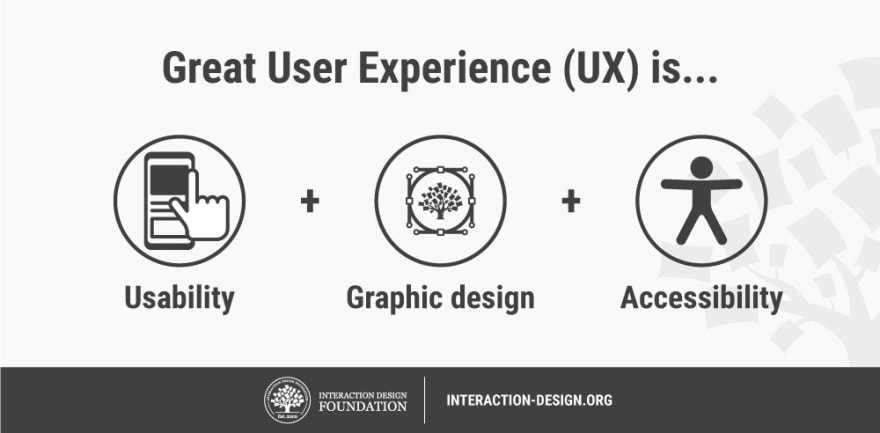The UN estimates that more than 1 billion people around the world live with some form of disability and as populations age over the coming years, that number is expected to rise rapidly.
Add to that the 10 percent of people who suffer from color blindness, and you start to get an idea of why accessibility is so important—not just for moral and legal reasons, but also so that your products can reach their full potential. You need to design for accessibility!
I think that’s an excellent reason to have a Global Accessibility Awareness Day (GAAD).
The GAAD is celebrated on the third Thursday of May each year and is aimed to raise awareness among developers, designers, and other creators to put a greater focus on digital accessibility and inclusion for the billion people across the world who have disabilities and impairments.
How to support the GAAD?
The best way to find out how you can get involved in GAAD is from the Global Accessibility Awareness Day website itself. They list various ways you can support, including:
- In-person events
- Virtual events
- Webinars
- Game Jams
- BBC access all areas live stream
There are online courses you can enroll to increase your accessibility awareness throughout this week and beyond, like this one Accessibility: How to Design for All.
There are plenty of obvious ethical reasons that accessibility matters but ultimately, people with disabilities should have the same rights as the wider population—and that includes their ability to engage with, learn from and communicate via the digital world.
When we take it upon ourselves to design for accessibility, we create more chances for disabled people to use digital technology and, at the same time, expand our market share and support diversity and inclusion in the workplace.
If you neglect accessible designs for financial reasons, it means you’re not only acting illegally in most cases but are also being short-sighted in terms of the business value you can gain from accessible designs.
While all creators have their own design and development backlogs to contend with, it’s fair to say at this point there’s no real excuse why you shouldn’t do everything possible to design for accessibility.
Designers have the responsibility—not only to their profession but also to the users and society—to design accessible digital solutions. And Global Accessibility Awareness Day does a great job of promoting that.







Top comments (0)